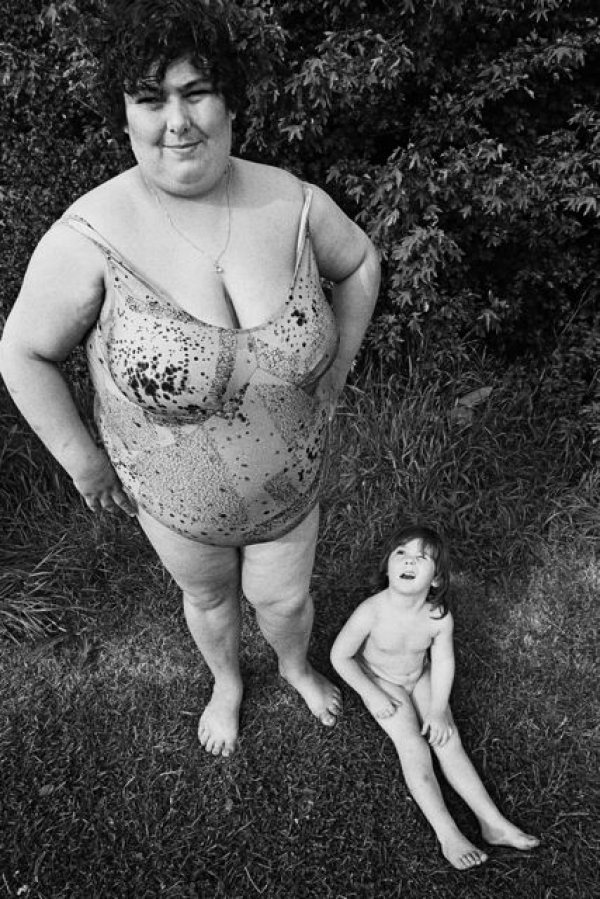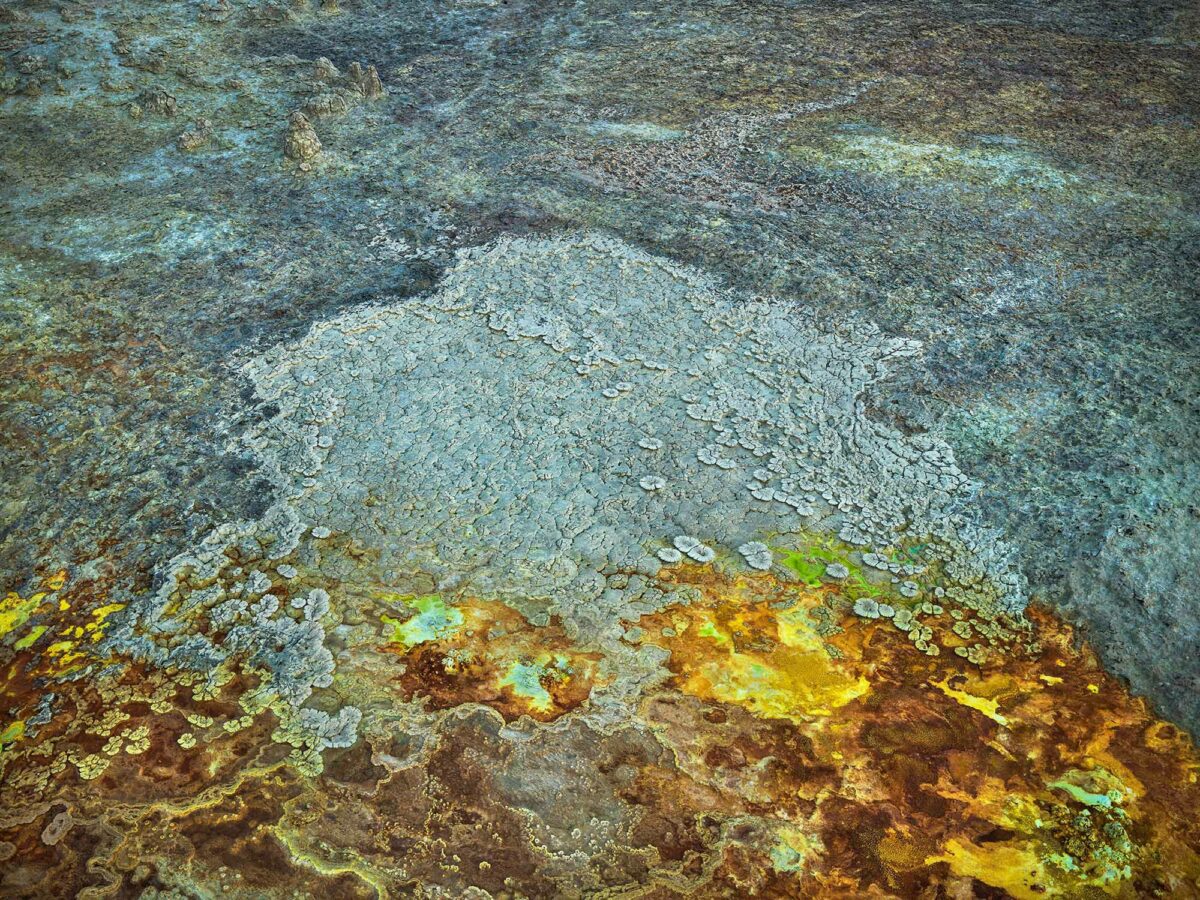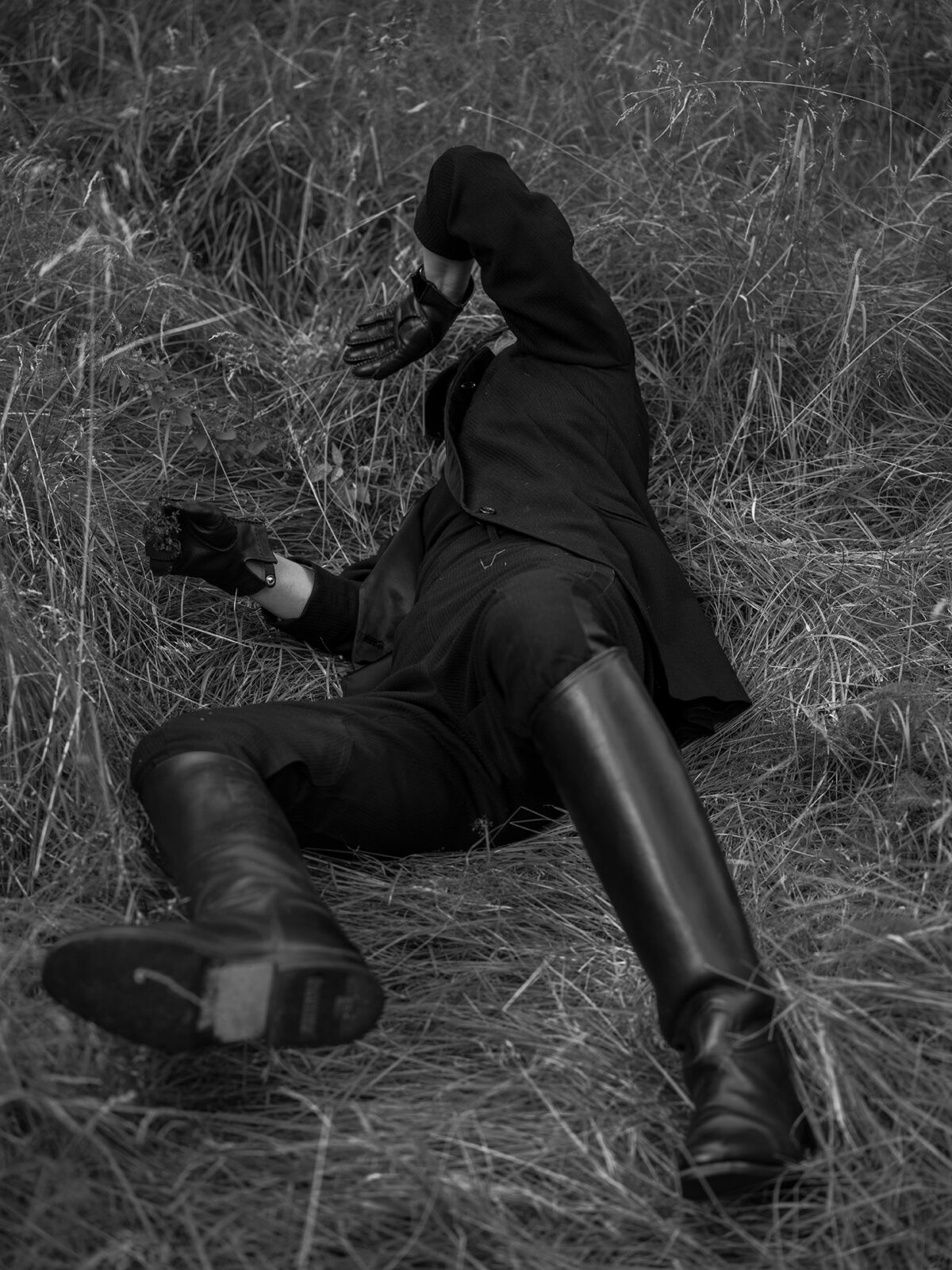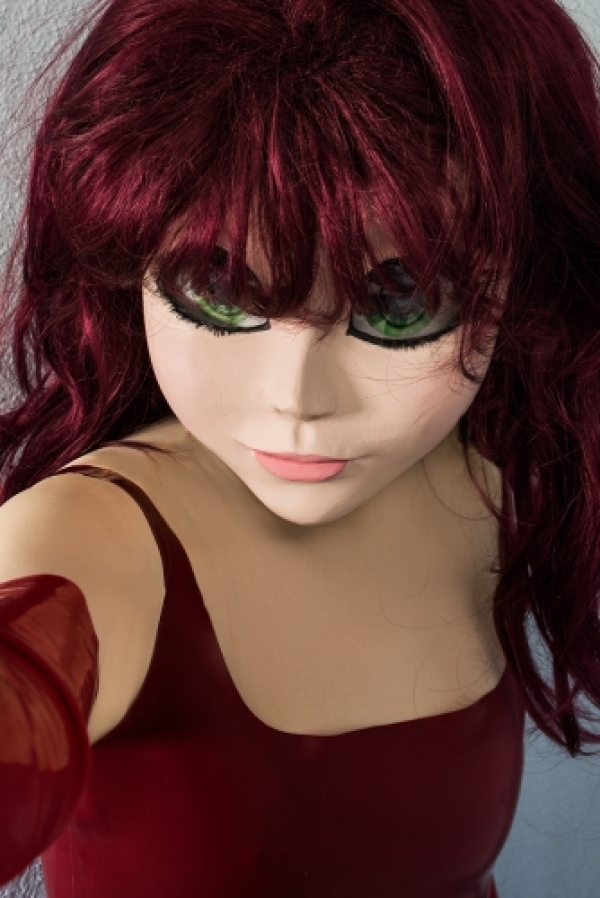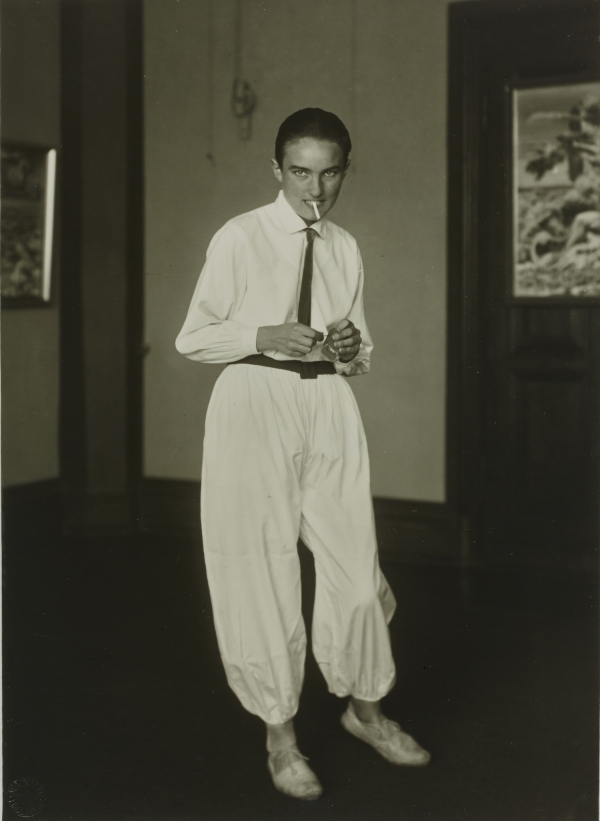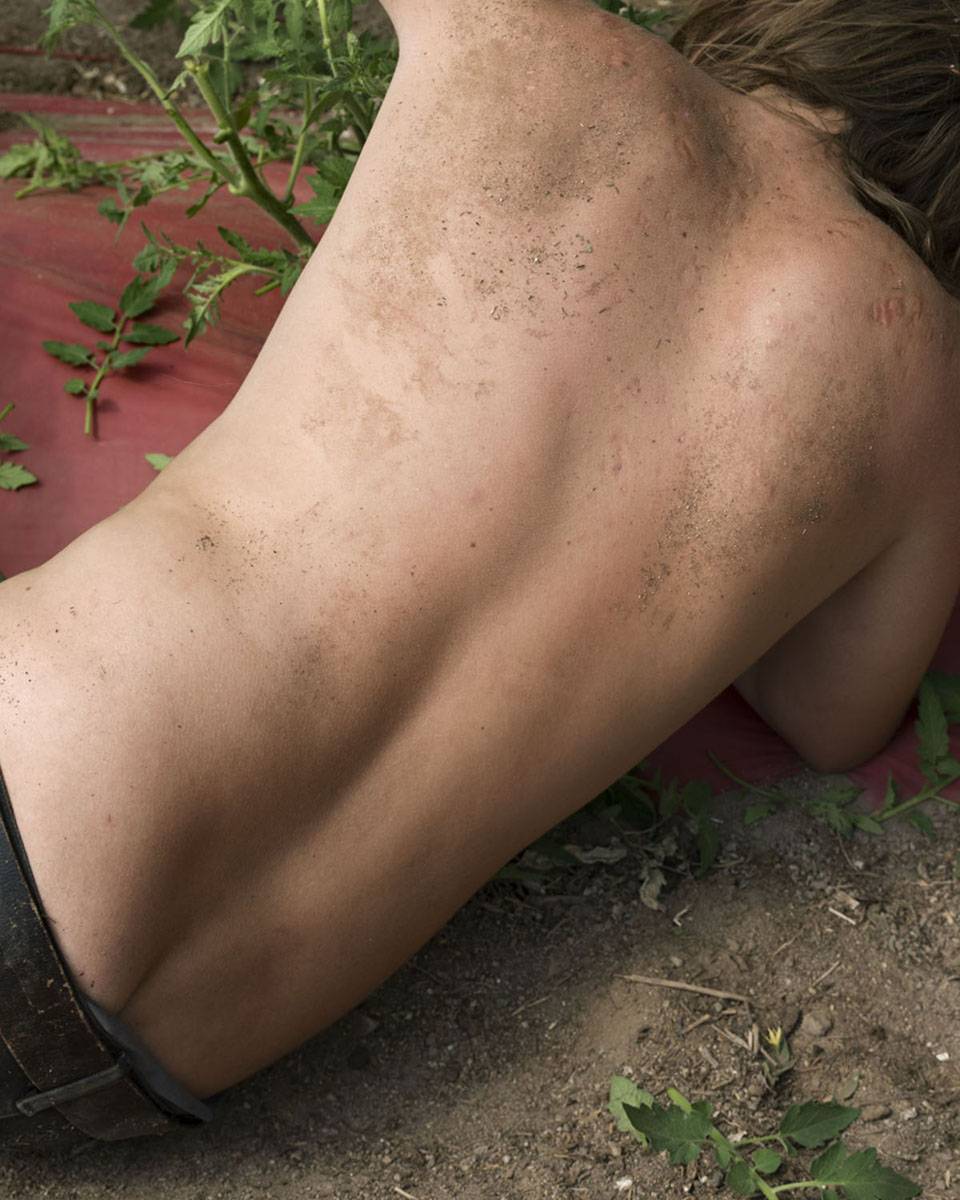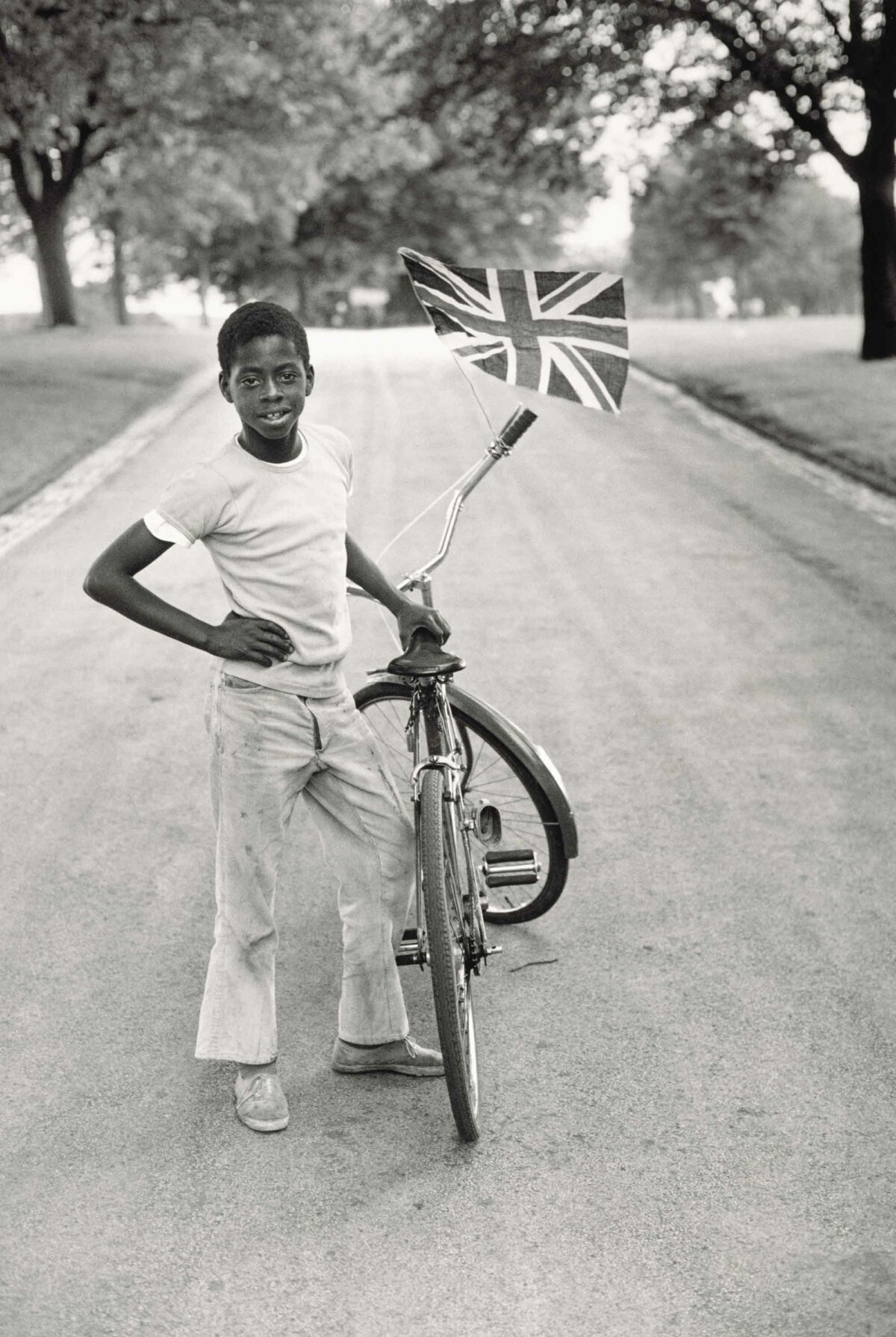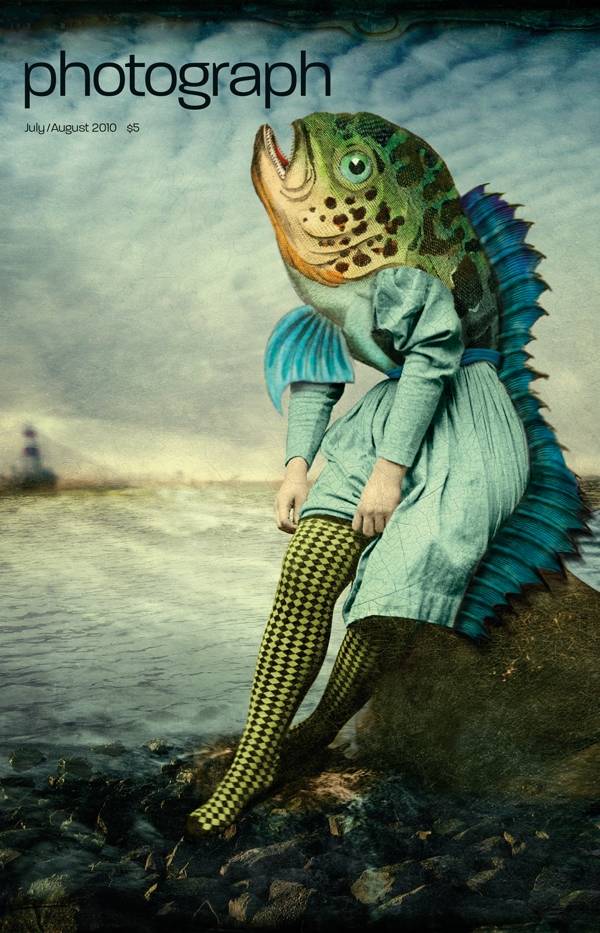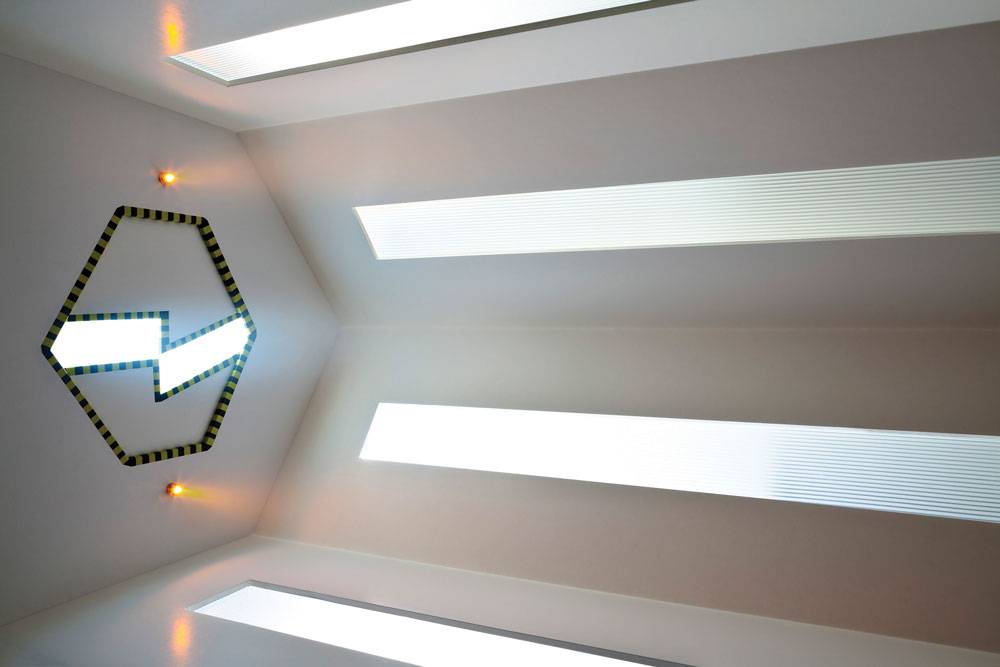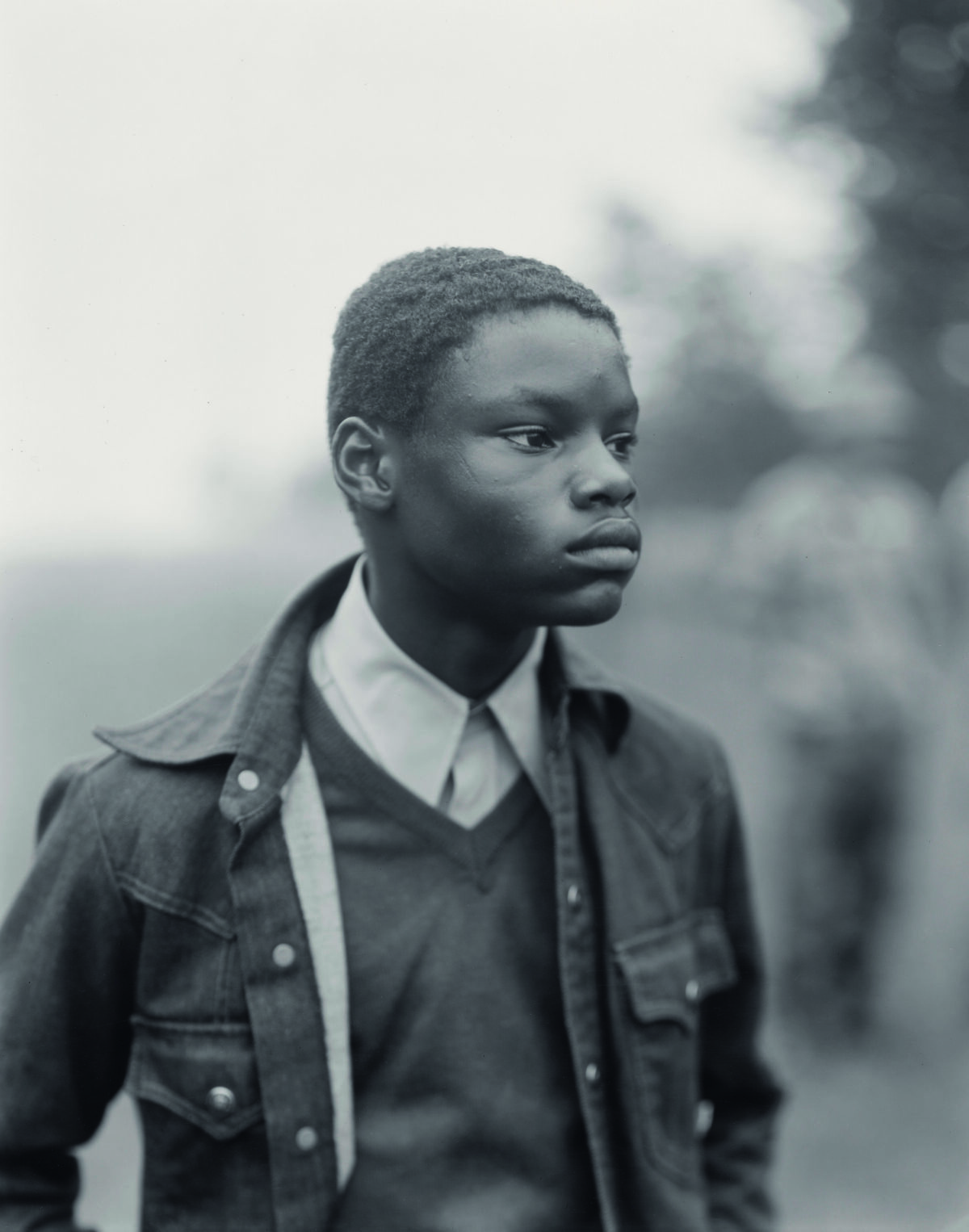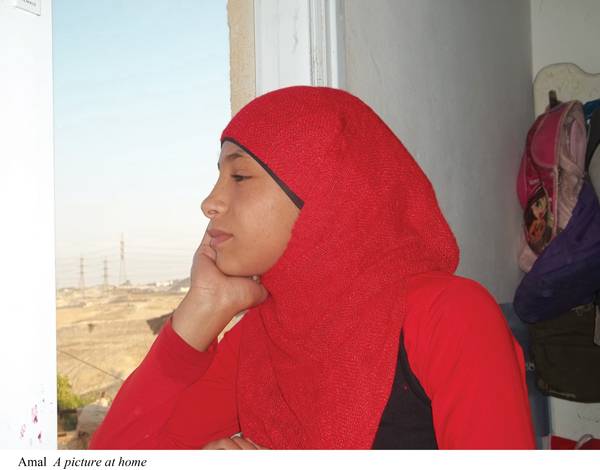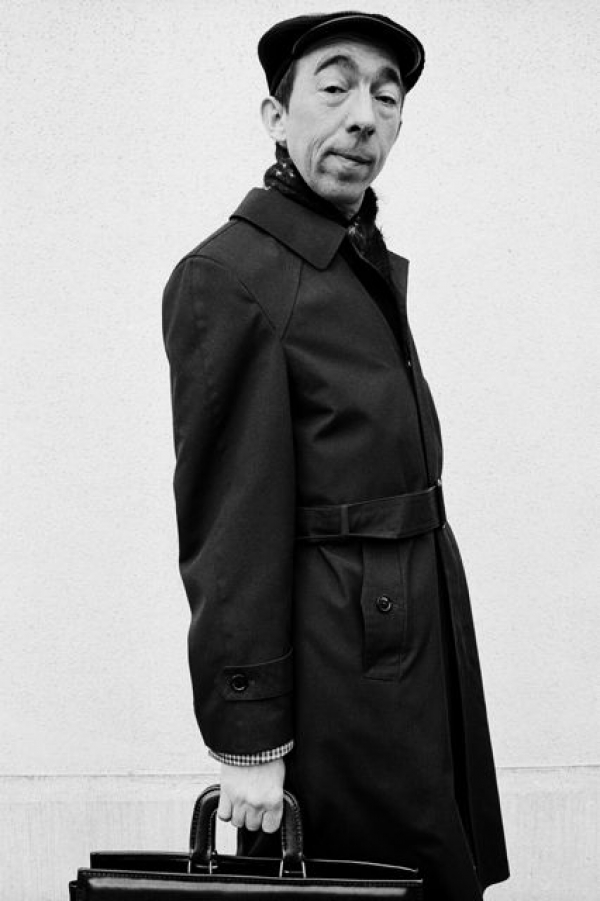

Archetypes, the title of Jacques Sonck’s exhibition at L. Parker Stephenson Gallery, announces his debt to August Sander’s typology of the German people in the 1920s. Sonck’s subjects, in all of their quirky glory, suggest an equal debt to Diane Arbus and her beloved freaks: she would surely have found the figure enveloped in an enormous fur hat and coat, or the twee fellow in the cap and raincoat, eyebrow arched in apparent disdain, if she lived in Belgium instead of New York.
On view through August 15, this is Sonck’s first solo show in the United States, though he’s been photographing odd couples and characters in his native Belgium since the 1970s. Until recently, he was a photographer at the Culture Department of the Province of Antwerp, and he has shown his work at Fifty One Fine Art in Antwerp and the National Portrait Gallery in London, among other places. Sonck is a portraitist, not a hit-and-run street photographer. His subjects — small groups of kids, a pair of cowboys in mirrored sunglasses holdings hands, people with their pets (including a chicken) — have all paused to pose for him, and he rewards their trust by photographing them without judgment.
Ultimately, the title of the series comes to seem ironic, because his subjects are so singular, that they could hardly be considered archetypes of anything. The big-bosomed mother in a bathing suit looming over the naked child who squints curiously up at her — could there be another pair like them? The show is nicely sequenced, so that a couple of pre-pubescent boys in bathing suits – one thin as a rail and smiling, the other thick through the middle and glowering – hangs next to a picture of three young girls in long-sleeved, collared white dresses and patent-leather shoes, looking as well-groomed as the boys do unkempt.
The photographs are old-fashioned in the best sense – sharp, black-and-white prints that emphasize tight framing and composition and photographic details like the stripes of a boy’s sweater repeated in his bicycle mirror. Sander and Arbus are obvious influences, but Sonck’s pictures are as distinctive as his subjects.
